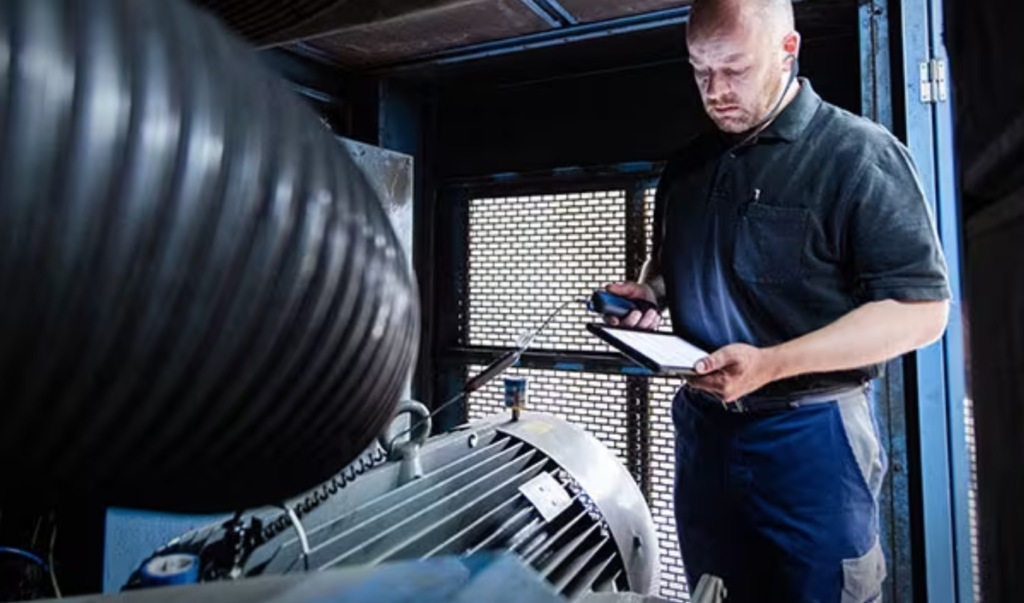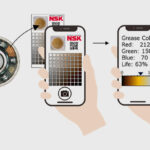ASIA ELECTRONICS INDUSTRYYOUR WINDOW TO SMART MANUFACTURING
SKF's New Sensor Allows Monitoring in Hazardous Areas
SKF has expanded its portfolio of Condition Monitoring solutions with the SKF Enlight Collect IMx-1-EX sensor solution.
Accordingly, wireless monitoring of assets helps predict machine failure before it can escalate into a serious problem, such as an unscheduled shutdown. Thus, wireless monitoring can deliver multiple benefits, including reduced costs and a more sustainable operation of equipment.
Suits Hazardous Areas
The new sensor is part of the well-established SKF Enlight Collect IMx-1 wireless eco-system. Moreover, it earned ATEX and IECEx standards certifications for use in Zone 1 and Zone 2 classified hazardous areas. The sensor works in tandem with the SKF Enlight Collect IMx-1-EX gateway, which is suitable in Zone 2.
“The IMx-1 wireless solution, in combination with our analytical software, provides state-of-the-art information and insight into the health of rotating assets. Now, also in hazardous areas, and further expands SKF’s plantwide condition monitoring eco-system,” says Fredrik Larsson, Condition Monitoring Technologies manager at SKF.

Moreover, the new solution has the same form, fit, and function as the safe-area-rated SKF Enlight Collect IMx-1. Thus, all devices have full compatibility, allowing customers to build a network of monitored assets across hazardous and safe areas.
Benefits, Features
Key benefits of the solution include:
- one wireless condition monitoring eco-system covering both safe and hazardous areas;
- banishing the need for costly walk-around programmes in hazardous areas, which improve safety for workers and overcomes environmental, health and safety (EHS) concerns;
- enabling data collection from inaccessible locations;
- increasing the frequency of data collection for more critical assets.
The sensor uses innovative measurement capabilities to provide advanced insights into asset health, including early detection of bearing damage. Like other IMx-1 sensors, they create a ‘mesh network’, enabling them to relay data between one another.
Moreover, this allows data to be routed around obstacles such as pipework – which can block signals for conventional line-of-sight systems. This facility means that data can be sent over greater distances than would otherwise be possible.




